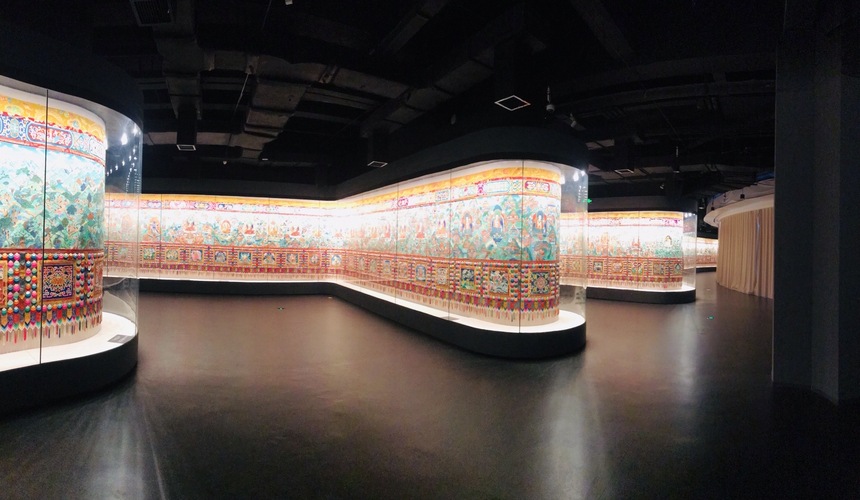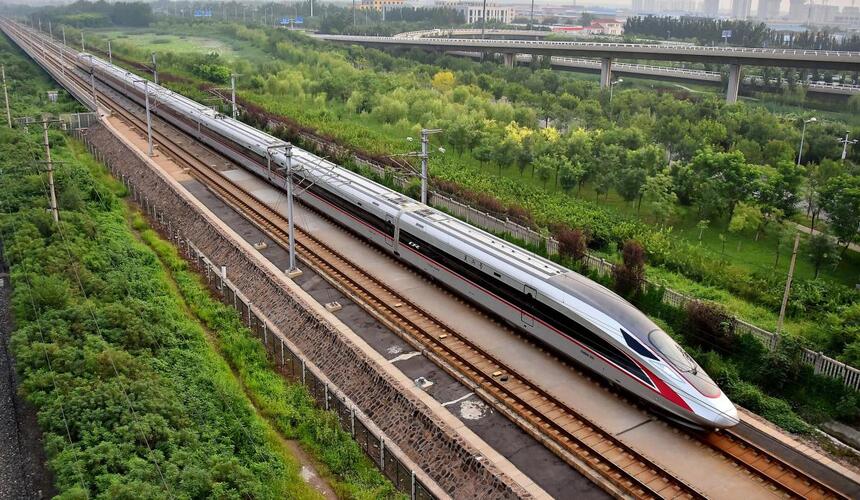Source of three rivers in China
Qinghai, as far as Tibetans are concerned, is one of the oldest Tibet’s three traditional provinces. In this land where man and nature co-exist in harmony, you will feel more Tibetan than Chinese. As a treasure trove of China’s river resources, the Yellow River, the Yangtze River, and the Lancang River nourishing all life in China. In this land where man and nature co-exist in harmony, you will find more details of the Tibetan culture. As a treasure trove of China’s river resources, biking around Qinghai Lake whilst checking out the rich halite Caka Salt Lake is a must. You can also catch a glimpse of Tibetan art in the Kumbum Monastery or Qinghai Tibetan Culture Museum.
The best time to visit Qinghai is from May to October when the weather is mild and pleasant. Qinghai Province is situated in the Qinghai Tibet Plateau, far from the sea, and has a plateau continental climate. The climate is characterized by long hours of sunshine, strong UV radiation, long winters, and cool summers. The diurnal temperature range is significant, and there is less precipitation with significant regional differences. The east receives more rainfall, while the west is dry and windy with low oxygen levels and cold temperatures.
The annual average temperature in Qinghai Province ranges from -5.1℃ to 9.0℃. In January, temperatures range from -17.4℃ to -4.7℃, while in July, they range from 5.8℃ to 20.2℃. Over two-thirds of the province consists of the Qilian mountain area and Qingnan plateau, where the annual average temperature is below 0℃. The Eastern Huangshui Valley and Yellow River Valley are relatively warmer, with an annual average temperature of about 6-9℃.

Qinghai Lake
Qinghai Lake is the largest lake in China. Normally the best time to visit is in early spring, when rape flowers bloom all over the fields with the deep blue sky as a background. These crystal plateau lakes, are also referred as Birds' Paradise.

Chaka Salt Lake
In China, this lake is known as the ``Mirror of The Sky``. With rich halite, Caka Salt Lake is also the first green edible salt production base in China. In order to get the best portraits on the lake, wear something bright (yellow, orange and red are great).

Ta'er Temple
Monks perform prostrations in order to gain piety in their lifetime at Ta'er Temple which allows the travelers to see the difference in the religion. Here, you can not only view outstanding architecture but also can sense the Tibetan Buddhism and catch a glimpse of Tibetan art.

Sun and Moon Mountain
The most beautiful season to explore is from June to September with vast grassland and wildflowers. You can find the Sun Pavilion and the Moon Pavilion were built on each side of the mountain pass to remember the Princess Wencheng. She is a princess who helped bring civilization to Tibet.

Qinghai Tibetan Culture Museum
You can admire and explore plenty of collections of Tibetan artwork, clothing, calligraphy, and medicine in Qinghai Tibetan Culture Museum. A nice place to gain more knowledge during your trip in Qinghai!
Due to the high altitude and rugged terrain in Qinghai province, the land can only support a limited variety of vegetables and fruit. However, it is an ideal location for growing barley and raising yaks, both of which thrive in the cold climate. As a result, signature Qinghai dishes are typically hearty and feature yak-based products, including yak meat and yak butter. Qinghai is home to a diverse range of China’s ethnic minorities, although the Han, Hui, and Tibetan people are the dominant groups. As a result, Qinghai cuisine is known for its simplicity and nourishment, with a distinctive blend of Tibetan and Hui Muslim influences that add flavour to each dish.
Must-try: Hui-style Dumpings, Grabbing Mutton, Blood Sausage, Flag Flower Noodles.
Air
Qinghai Province has a total of 7 airports. Xining Caojiabao International Airport (IATA: XNN) is the most frequently used airport for visitors as it operates flights to most cities in China. It is also the only international airport in Qinghai, connecting with some cities in other Asian countries such as Bangkok, Tokyo, Seoul, and Kuala Lumpur. Xining is the preferred choice for travellers as other airports, such as Geermu Airport (IATA: GOQ), Yushu Batang Airport (IATA: YUS), and Huatugou Airport (IATA: HTT), only offer flights within Qinghai and a few flights between Beijing, Chengdu, Xian, or Lhasa.
Train
Qinghai has three main railways: the Qinghai-Tibet Railway, Lanzhou-Xining Railway, and Lanzhou-Urumqi High-speed Railway. Trains are available to cities along these railways, including Xining, Golmud, Delingha, Huatugou, and Wulan.However, Yushu, Guoluo, Huangnan, and Hainan do not have train stations. Xining Railway Station is the most popular station, operating high-speed trains on the Silk Road from Xian in Shaanxi to Urumqi in Xinjiang, as well as normal trains to major cities in China, including Beijing, Lhasa, Chengdu, and Taiyuan.









